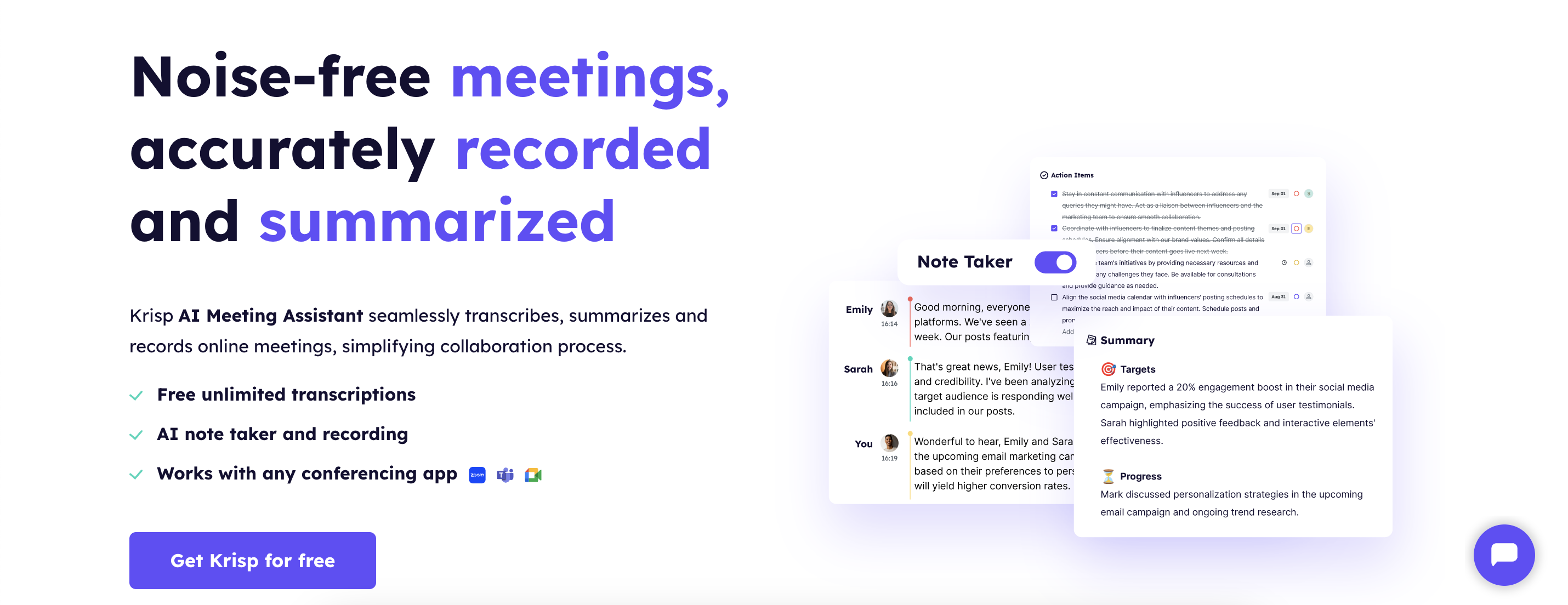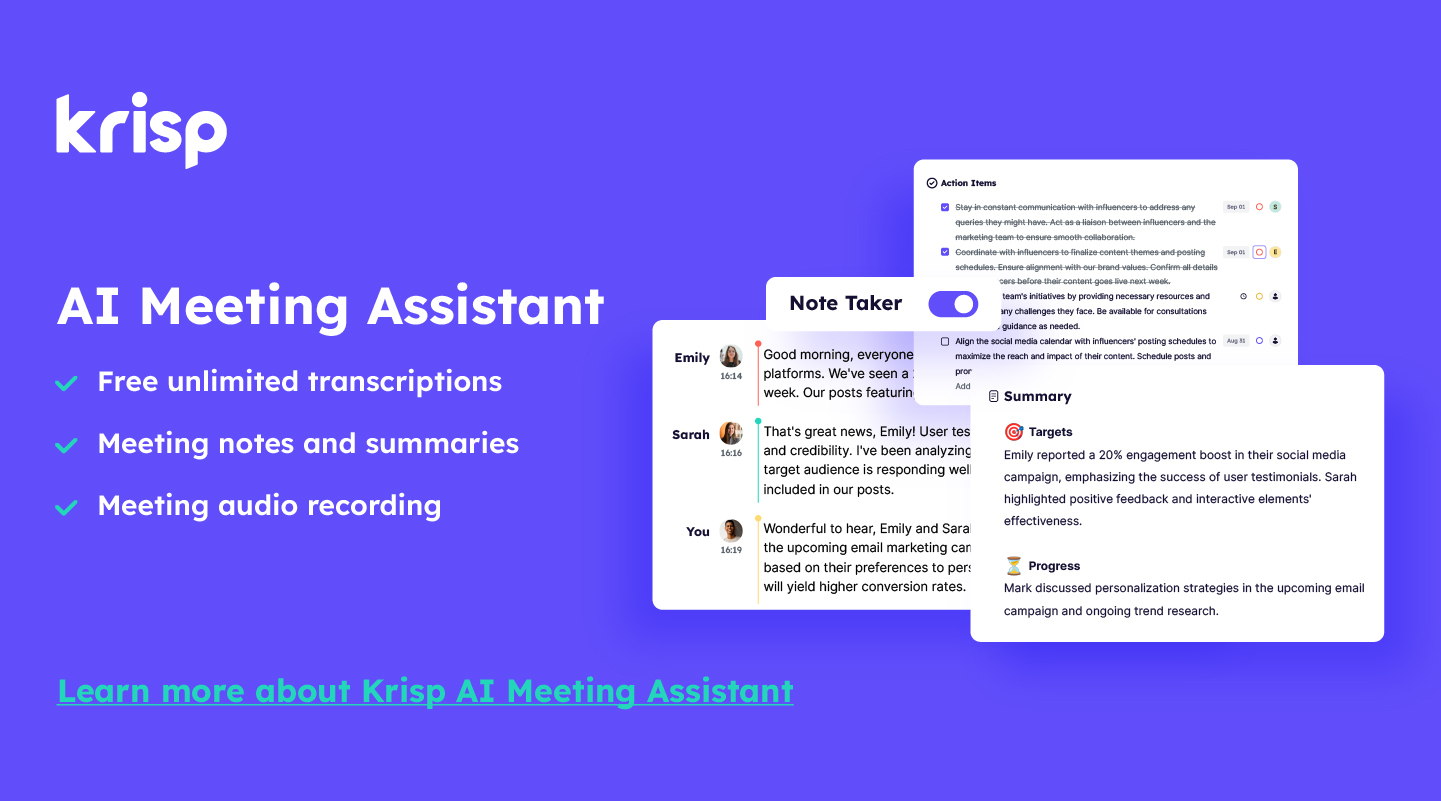Have you ever hesitated before giving someone feedback, worrying it might come across as too harsh or unhelpful? You’re not alone. Many people struggle with finding the right words to express criticism without sounding negative. But constructive feedback isn’t about pointing out flaws—it’s about helping someone grow, improve, and succeed.
Imagine you’re working with a colleague who keeps missing deadlines, or maybe a friend asks for your honest opinion on a project they’re working on. Instead of avoiding the conversation or sugarcoating the truth, you can use constructive feedback to make your point in a way that feels helpful and motivating.
In this article, we’ll break down exactly how to give constructive feedback that encourages improvement without discouraging the person receiving it. With practical examples, you’ll see how small changes in wording and approach can make a big difference.
What Defines Constructive Feedback?

Constructive feedback is a form of communication that provides specific, actionable, and balanced input to help someone improve their performance, behavior, or skills. Unlike vague criticism or overly positive praise, constructive feedback focuses on clear observations, helpful suggestions, and encouragement for growth.
Here are the key characteristics that define constructive feedback:
- Specific and Clear – It avoids vague statements and instead points out concrete examples of what needs improvement. Instead of saying, “Your presentation wasn’t good,” you could say, “Your presentation had strong content, but speaking more slowly would make it clearer.”
- Balanced Between Positive and Negative – It acknowledges strengths while addressing areas for improvement. This balance ensures that feedback doesn’t feel discouraging but instead encourages motivation.
- Actionable and Solution-Oriented – It goes beyond pointing out mistakes by offering suggestions on how to improve. For instance, rather than saying, “Your writing is unclear,” you could say, “Using shorter sentences and organizing your ideas into clear sections will make your writing easier to follow.”
- Respectful and Encouraging – It maintains a supportive tone, ensuring that the recipient doesn’t feel attacked or demoralized. Constructive feedback is meant to inspire progress, not to criticize for the sake of pointing out flaws.
- Focused on Behavior, Not Personality – It addresses actions or outcomes rather than making personal judgments. Saying, “You interrupted several times during the meeting, which made it hard for others to share their ideas,” is more effective than saying, “You are too impatient and don’t let others talk.”
- Timely and Relevant – Feedback is most effective when given soon after the event or situation, allowing the recipient to reflect and apply the suggestions while they’re still fresh.
Constructive feedback creates a pathway for improvement, whether in a professional setting, an academic environment, or personal relationships. When you know how to give constructive feedback correctly, it builds trust, enhances communication, and ultimately leads to better outcomes for everyone involved.
What’s the Difference Between Constructive Feedback, Positive Feedback, and Criticism?
Understanding the distinctions between constructive feedback, positive feedback, and criticism is essential for effective communication, whether in a professional, academic, or personal setting. Each serves a different purpose, and using the right one at the right time can significantly impact how your message is received.
1. Constructive Feedback: Focused on Growth and Improvement
Constructive feedback provides both recognition of strengths and areas for improvement while offering actionable suggestions. It is solution-oriented and designed to help the recipient progress without feeling discouraged.
Example: “Your report contained valuable insights, but adding more data to support your claims would make it even stronger.”
Best Used For: Helping someone refine their skills, improve performance, or correct mistakes in a supportive way.
2. Positive Feedback: Reinforcing Good Behavior
Positive feedback focuses on what someone did well. It reinforces strengths, boosts confidence, and encourages continued good performance. Unlike constructive feedback, it does not highlight areas for improvement but instead emphasizes what is working effectively.
Example: “Your presentation was engaging and well-structured. I really liked how you explained complex concepts in a simple way.”
Best Used For: Encouraging motivation, recognizing achievements, and reinforcing effective behaviors.
3. Criticism: Highlighting Problems Without Solutions
Criticism points out mistakes or shortcomings but often lacks balance or actionable guidance for improvement. It can sometimes feel harsh or demotivating, especially if it is not delivered thoughtfully. While some forms of criticism may be valid, they are not as effective as constructive feedback in promoting growth.
Example: “Your report was unclear and lacked important details.”
Why It’s Less Effective: This comment identifies a problem but does not offer a solution or guidance on how to improve.
Better Alternative (Constructive Feedback): “Your report had valuable points, but organizing the sections more clearly and including additional data would make it more impactful.”
| Aspect | Constructive Feedback | Positive Feedback | Criticism |
|---|---|---|---|
| Focus | Strengths and areas for improvement | Strengths and achievements only | Mistakes and flaws only |
| Tone | Encouraging and balanced | Supportive and uplifting | Often negative or discouraging |
| Outcome | Helps improve and grow | Reinforces good behavior | Can feel demotivating if not constructive |
| Example | “Great effort! Next time, try to slow down while speaking.” | “You did a great job keeping the audience engaged.” | “Your speech was too fast and hard to follow.” |
How to Give Constructive Feedback?
Learning how to give constructive feedback is essential for fostering improvement and maintaining positive relationships in both professional and personal settings. Effective feedback should be clear, specific, and encouraging, helping the recipient grow rather than feel discouraged. Here’s a detailed guide on how to deliver constructive feedback effectively, along with practical examples for each strategy.
1. Be Specific and Timely
Knowing how to give constructive feedback requires addressing specific actions or behaviors rather than making vague statements. Giving feedback immediately after an event ensures that the person remembers the situation clearly and can apply your suggestions while they are still relevant.
Example:
Instead of saying: “Your report was unclear.”
Say: “Your report contained strong insights, but the section on market trends lacked supporting data. Including recent statistics would make your argument more convincing.”
This approach gives the person clear guidance on what to improve and how to do it.
2. Focus on Behavior, Not Personality
Feedback should target actions rather than personal attributes. When feedback feels like a personal attack, it can cause defensiveness rather than improvement.
Example:
Instead of saying: “You’re too impatient during meetings.”
Say: “Interrupting during meetings can make it difficult for others to share their thoughts. Allowing everyone a chance to speak will lead to better collaboration.”
By focusing on behavior, you create an opportunity for change without making the recipient feel attacked or judged.
3. Balance Positive and Negative Feedback
Feedback should highlight both strengths and areas for improvement. This balance helps people remain motivated and receptive to suggestions instead of feeling discouraged.
Example:
Instead of saying: “Your customer service skills need a lot of work.”
Say: “You handled the difficult customer calmly, which was great. However, next time, try to ask more open-ended questions to better understand their issue before offering a solution.”
This method reassures the person that they are doing some things well while still providing room for growth.
4. Offer Actionable Suggestions
Criticism without clear guidance can leave a person feeling lost. Always provide specific ways they can improve.
Example:
Instead of saying: “Your presentations are boring.”
Say: “To make your presentations more engaging, try using more visuals, reducing text-heavy slides, and maintaining eye contact with the audience.”
Actionable advice gives the recipient a clear roadmap for improvement rather than leaving them unsure of how to do better.
5. Ensure a Supportive Environment
The setting in which you provide feedback affects how well it is received. Giving feedback in public may embarrass the recipient, while a private and supportive setting encourages openness.
Example:
Instead of publicly saying: “Your performance has been disappointing lately.”
Say in a private conversation: “I wanted to check in about your recent work. I’ve noticed some challenges, and I’d love to discuss how I can support you in improving.”
A supportive approach makes the conversation feel like a partnership rather than a confrontation.
6. Encourage Two-Way Communication
Feedback should be a conversation, not a monologue. Encouraging the recipient to share their perspective fosters collaboration and mutual understanding.
Example:
Instead of saying: “You need to work on meeting deadlines.”
Say: “I’ve noticed you’ve been struggling with deadlines lately. Is there something causing delays? Let’s discuss ways we can make the workload more manageable.”
This approach shows empathy and allows the recipient to explain their challenges, which can lead to more effective solutions.
Use Krisp AI Assistant to Provide Constructive Feedback
One of the most effective ways of how to give constructive feedback is by using accurate meeting data rather than relying on memory or subjective impressions. Krisp’s AI-powered Meeting Summaries provide a concise and structured overview of what was discussed, making it easier to offer feedback that is specific, relevant, and solution-oriented.
Here’s how you can leverage Krisp Meeting Summaries to provide precise feedback effectively:
1. Review Key Discussion Points Before Giving Feedback

Instead of trying to recall everything from the meeting, use Krisp’s AI-generated summary to quickly review what was discussed. This ensures that your feedback is fact-based and relevant to what actually happened, rather than being influenced by personal biases or misinterpretations.
- Open the meeting summary after the session.
- Identify the key topics covered and the contributions made by different participants.
- Pinpoint areas where feedback is necessary, whether positive or constructive.
2. Use Krisp’s Summaries to Streamline Feedback

If the meeting had multiple discussion points, Krisp’s AI-generated summaries can help you extract key insights quickly, making it easier to provide well-structured feedback.
- Use the meeting summary to identify critical discussion points.
- Refer to key moments when giving feedback instead of generalizing.
Record Meetings for Asynchronous Feedback

If you or your team members work across different time zones, Krisp’s meeting recording feature allows you to review discussions later and provide thoughtful, asynchronous feedback instead of rushing through it during live meetings.
- Record the meeting and review the playback before giving feedback.
- Use timestamps when referring to key points for context.
Using Krisp Meeting Summaries for constructive feedback makes the process more precise, efficient, and impactful. By basing feedback on actual meeting data, you can ensure that your comments are clear, objective, and solution-driven. Whether you’re leading a team, managing a project, or collaborating remotely, Krisp’s AI-powered summaries provide a reliable foundation for delivering feedback that helps individuals and teams grow.



